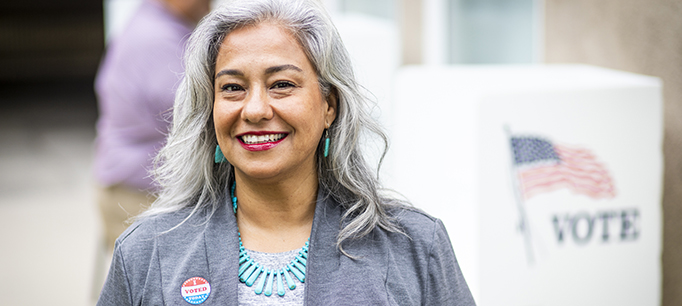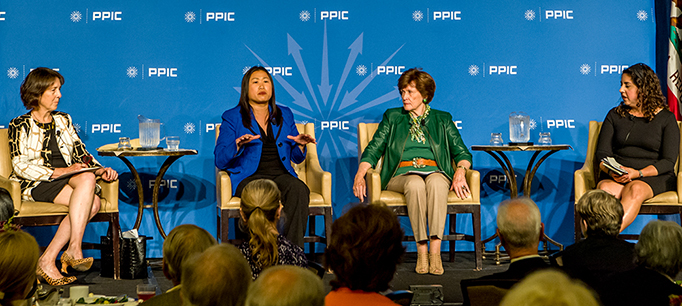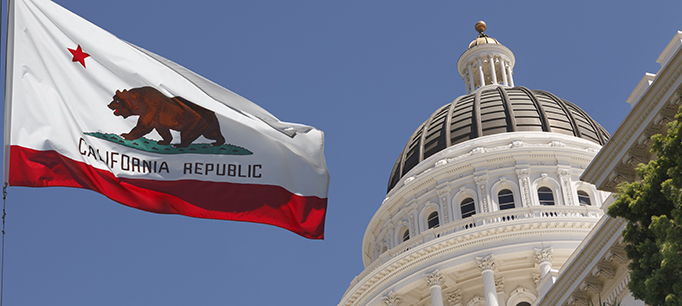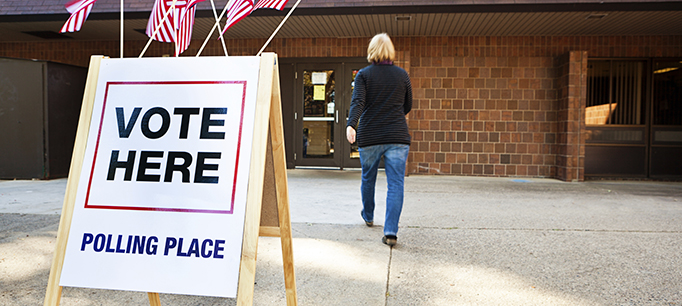Female students in California tend to have stronger high school records and greater rates of college attendance and completion than male students do. At the same time, there are large gender differences in many college majors, with some majors (e.g., computer science) predominantly male and others (e.g., liberal arts) predominantly female.
New data on high school courses shows that gender divides in college are already evident by high school. For example, only 31% of high school students in AP computer science courses are girls, while only 38% of students in AP English courses are boys. AP courses provide college-level curricula to high school students and are an important indicator of student pathways to college.
Mirroring differences by college major, AP course enrollments are also notably unbalanced in art, psychology, and foreign languages—all have large majorities of girls. In contrast, physics has a large majority of boys. But in other cases, gender differences in AP courses are not reflected in college majors. For example, in high school more female students take history and math AP classes, but in college more male students major in these subjects.

The low share of girls and women in computer science has been a particular cause for concern. But there is some good news. The share of girls in computer science AP courses has increased markedly in just five years (from 23% in 2012–13 to 31% in 2017–18). Across the state, some high schools have achieved near gender parity in their AP computer science courses. For example, at Troy High School in Fullerton, a magnet school with the largest AP computer science enrollment in the state, 45% of students are girls.
Overall, female students in California are doing well. Female students make up 57% of enrollment in AP courses and a similar majority of college students. But the lack of women in some key fields is a concern. Colleges should do more to increase enrollment and access for women in subjects like engineering and computer science. High schools also have an important role to play—encouraging more girls to take AP classes in these subjects in high school could help pave the way for more women to pursue them as college majors and careers.








